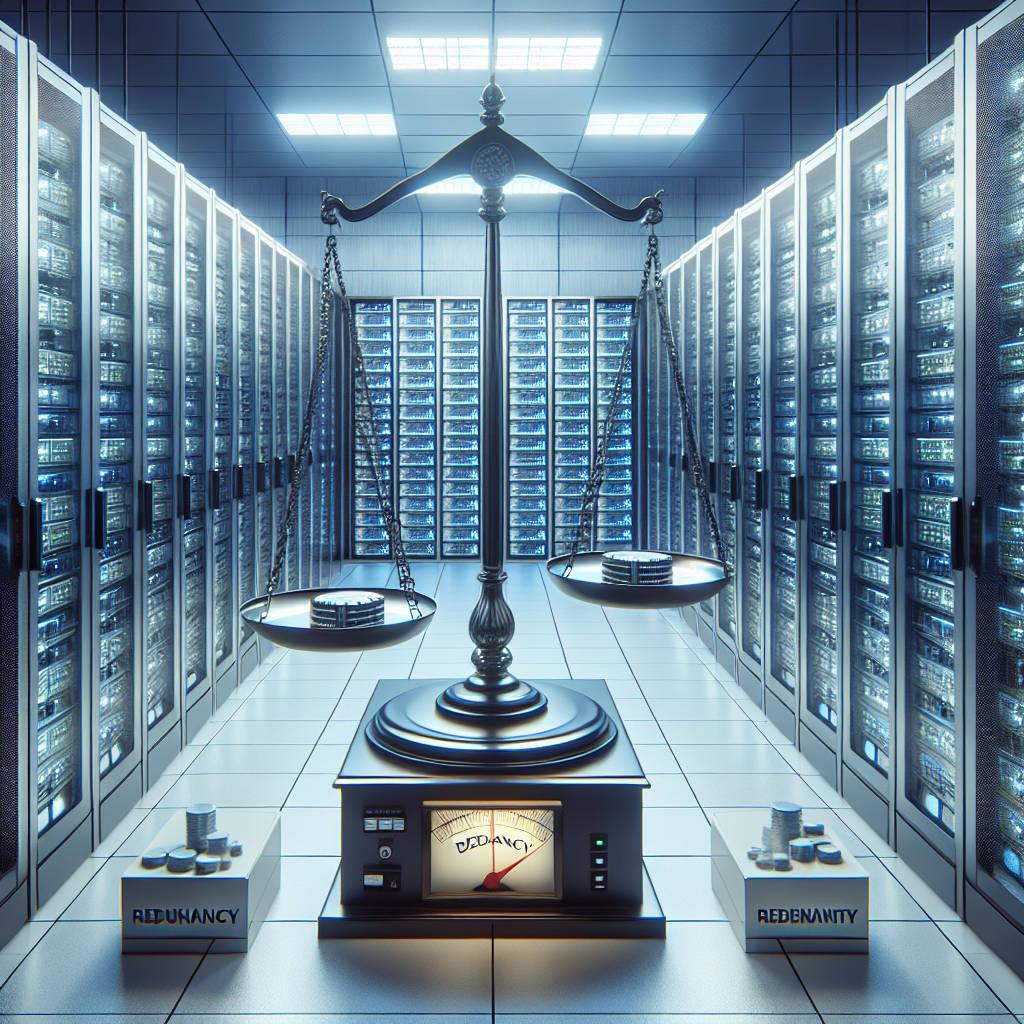In today’s digital age, data centers play a crucial role in storing, processing, and distributing vast amounts of information. With organizations relying heavily on these facilities to keep their operations running smoothly, minimizing downtime is a top priority. One key aspect of data center design that can help achieve this goal is redundancy.
Redundancy refers to the practice of duplicating critical components within a data center to ensure that if one component fails, there is another one ready to take over seamlessly. This redundancy can be applied to various aspects of a data center, including power supply, cooling systems, networking equipment, and storage devices.
Power redundancy is perhaps the most crucial aspect of data center design. A loss of power can bring operations to a standstill, resulting in significant financial losses and damage to a company’s reputation. To prevent this, data centers often employ multiple power sources, backup generators, and uninterruptible power supply (UPS) systems to ensure continuous power supply in the event of an outage.
Cooling systems are another critical component of data center design that requires redundancy. Data centers generate a significant amount of heat due to the constant operation of servers and networking equipment. Without proper cooling, these systems can overheat and fail, leading to downtime. Redundant cooling systems, such as redundant air conditioning units and cooling towers, can help maintain optimal temperatures within the data center and prevent equipment failures.
Networking equipment, such as routers, switches, and firewalls, also benefit from redundancy. Redundant network paths and devices can help ensure continuous connectivity and prevent network outages. In the event of a failure, traffic can be automatically rerouted through alternative paths, minimizing downtime and ensuring uninterrupted access to data and applications.
Storage redundancy is essential for protecting critical data and preventing data loss. Redundant storage devices, such as RAID arrays and backup systems, can help ensure data availability and integrity in the event of a storage device failure. By storing data across multiple devices and locations, organizations can reduce the risk of data loss and minimize the impact of hardware failures on data center operations.
Overall, the importance of redundancy in data center design cannot be overstated. By implementing redundant systems and components, organizations can minimize downtime, ensure continuous operations, and protect critical data and applications. While redundancy may require additional upfront investment, the cost of downtime and data loss far outweighs the cost of implementing redundant systems. In today’s digital world, where data is king, ensuring the reliability and availability of data center operations through redundancy is essential for business continuity and success.

Leave a Reply
You must be logged in to post a comment.